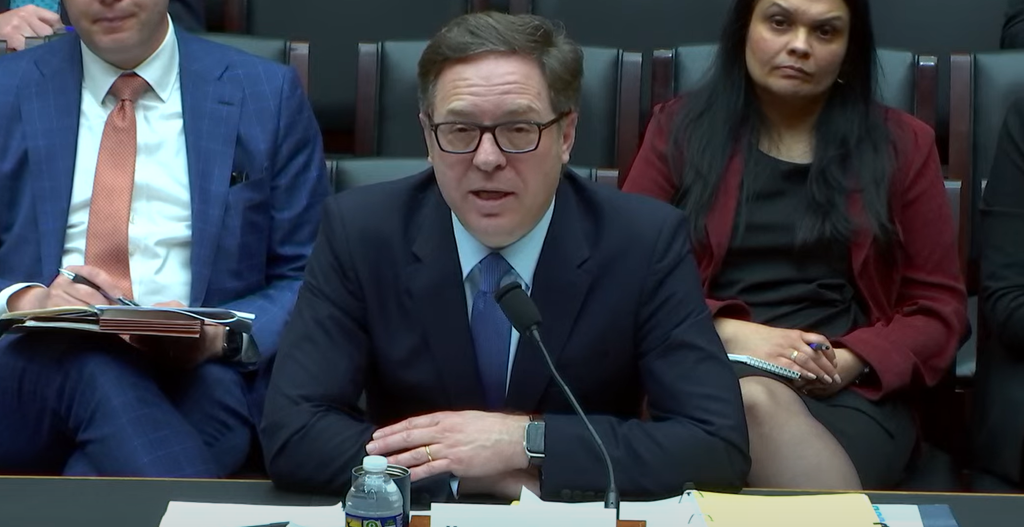Representatives Focus in on Fiber Prioritization and Spectrum Management at NTIA
House Committee members said they wanted to ensure that the NTIA is appropriately managing funds to support rural areas.
Teralyn Whipple

WASHINGTON, May 23, 2023 – Representatives at Tuesday’s Oversight Committee of the National Telecommunications and Information Administration expressed concern that the $42.5 billion Broadband Equity Access and Deployment program is prioritizing fiber builds to the detriment of rural communities.
The NTIA’s authority and effective legal power was last authorized in 1993. Since then, the communications landscape has changed drastically.
Recently, the NTIA submitted its 2024 budget request for $117.3 million, nearly double its current authorization. The hearing delved into the inner workings of the agency to ”ensure that NTIA is being good stewards of tax dollars allocated for broadband expansion.”
Representatives expressed concern that fiber is unjustly prioritized in the BEAD Notice of Funding Opportunity. Building fiber to the premises can be economically impractical for many rural areas.
In response, sole witness and NTIA Administrator, Alan Davidson, assured representatives that the administration expects many types of technologies to be deployed as part of the BEAD program.
States are given the prerogative to determine what their best solution for deployment is, he said. States can determine for themselves what price point will qualify a project as an extremely high-cost deployment.
Although states cannot close off applications to telecom companies based on technology, a fiber company that applies for funding is most likely to receive grant awards unless the area in question is considered an extremely high-cost location.
Despite this assurance, many representatives, including August Pfluger, R-Texas, expressed concern that rural unserved and underserved locations will remain unfunded throughout the BEAD process.
We will not accept state plans that do not show conclusive steps on connecting every single unserved address in their jurisdiction, said Davidson.
Spectrum concerns
For the first time in U.S. history, there is no additional spectrum coming down the pipeline. The NTIA is working on developing a sustainable national spectrum strategy that will represent a government-wide approach to maximizing the potential of the nation’s spectrum resources.
In April, the NTIA submitted a request for comment regarding the development and implementation of this strategy. It sought comment on the nation’s spectrum needs, how best to engage in long-term spectrum planning, and technology innovations that could better manage the nation’s spectrum resources.
The NTIA is currently analyzing these responses and is on track to develop a spectrum policy that is “evidence and science based,” said Davidson. It is essential that the nation has a baseline policy to address spectrum conflicts, he said.
Freeing up spectrum will require interagency coordination to determine where we can repurpose and increase sharing, said Davidson.
Rep. Doris Matsui, D-Calif., is heading two bills, the Spectrum Relocation Enhancement Act and the Spectrum Coexistence Act that would make updates to the spectrum relocation fund that compensates federal agencies to clear spectrum for commercial use and would require NTIA to conduct a review of federal receiver technology to support more intensive use of limited spectrum.
“Ensuring the federal government speaks with one voice on spectrum issues is foundational to Americas continued global leadership,” said Matsui. “And the NTIA is at the tip of the spear.”
The Committee also considered 18 pieces of draft legislation that would elevate the NTIA’s role in coordinating interagency broadband funding, spectrum management, and cybersecurity policy development. One of which is the NTIA Reauthorization Act of 2023 that would “modernize the agency’s policies and mission and authorize its funding to match current funding levels.”









Member discussion